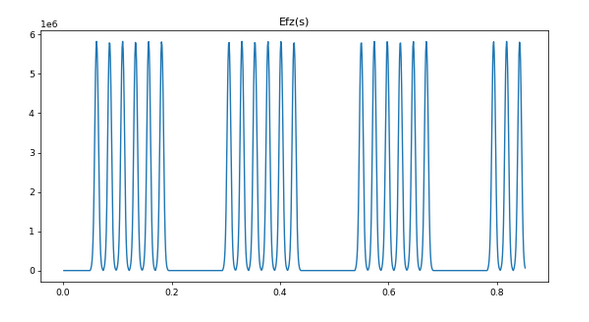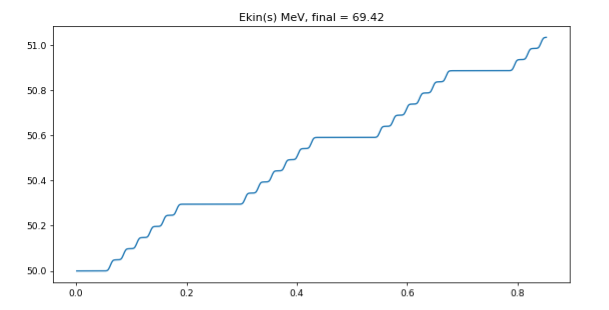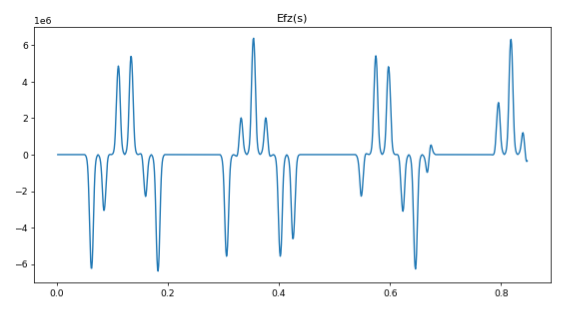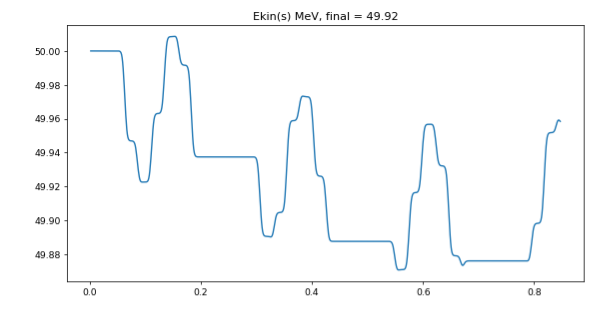opal AT lists.psi.ch
Subject: The OPAL Discussion Forum
List archive
- From: Wolf-Dieter Klotz <wdklotz AT gmail.com>
- To: opal AT lists.psi.ch
- Subject: [Opal] OPAL and cavity phase
- Date: Wed, 30 Nov 2022 14:02:41 +0100
- Authentication-results: mc3.ethz.ch; iprev=pass (mail-pf1-f177.google.com) smtp.remote-ip=209.85.210.177; spf=pass smtp.mailfrom=gmail.com; dkim=pass header.d=gmail.com header.s=20210112 header.a=rsa-sha256; dmarc=pass header.from=gmail.com
Hi Mr.Adelmann
I am puzzeled by the way OPAL handles the phasing of cavities. I have a linear lattice setup with arrays of
independent
single gap pillbox cavities. My cavity is defined like this:
RFG1: RFCavity, L=0.024, VOLT=6.4, TYPE="SINGLEGAP", FMAPFN="OPALEzTab1", FREQ=816.0, LAG=(-25.0*Pi)/180.0, APVETO=False;
If I set autophasing on (1 in this case) I get the following Ez-field on the axis and final kinectic energy:


However if I set APVETO to True like that:
RFG1: RFCavity, L=0.024, VOLT=6.4, TYPE="SINGLEGAP", FMAPFN="OPALEzTab1", FREQ=816.0, LAG=(-25.0*Pi)/180.0, APVETO=True;
I get instead (what I don't understand):


The
first case seems to me to be correct from what I expect from the
physics. Equal increments in energy and always positive field in the
cavities.
But I gave a LAG=-25.0 degrees as synchronous phase and expected something similar in the second case.
How can this be explained and how can I see what phases autophasing is producing and why does it not work with autophasing off?
Best regards...
- [Opal] OPAL and cavity phase, Wolf-Dieter Klotz, 11/30/2022
Archive powered by MHonArc 2.6.19.